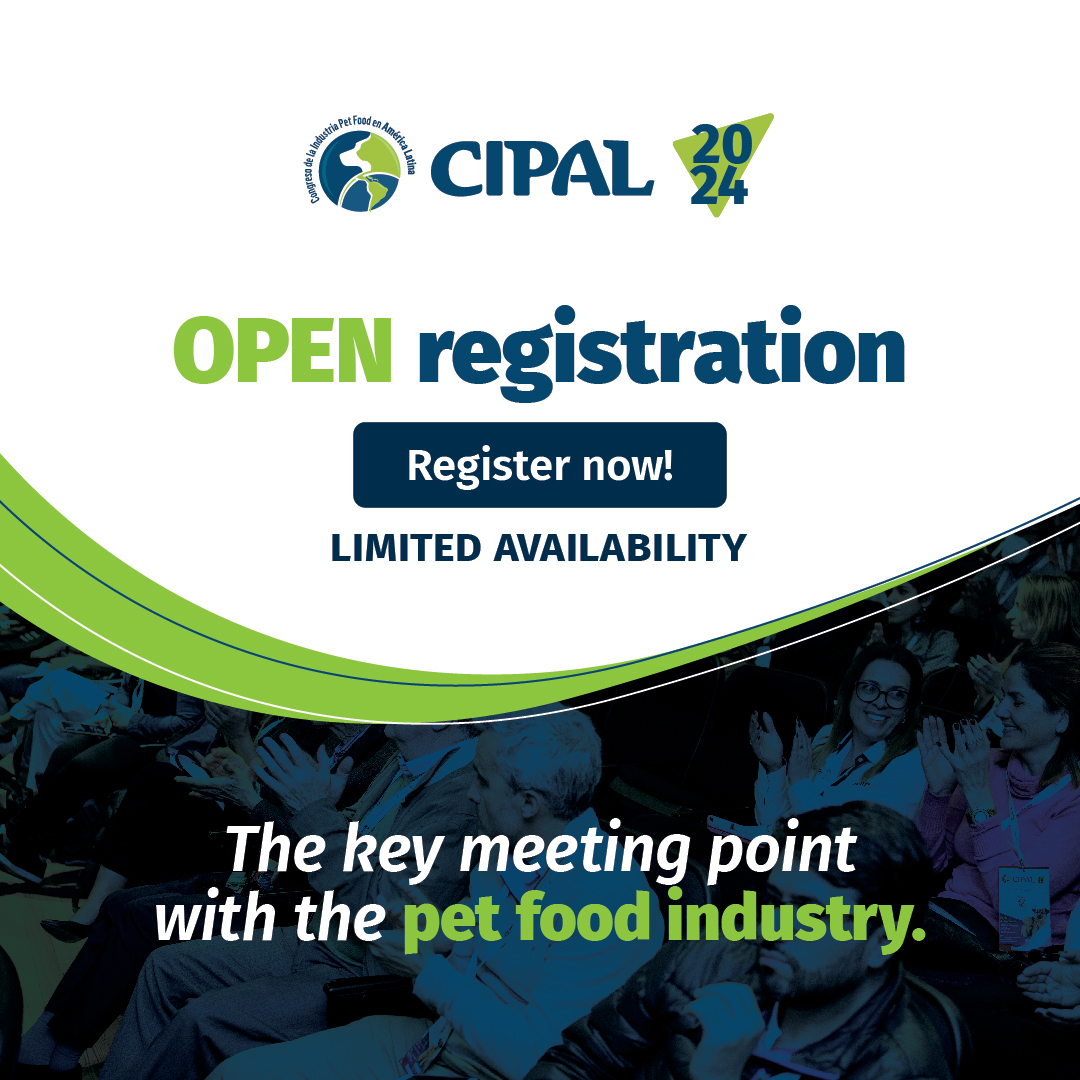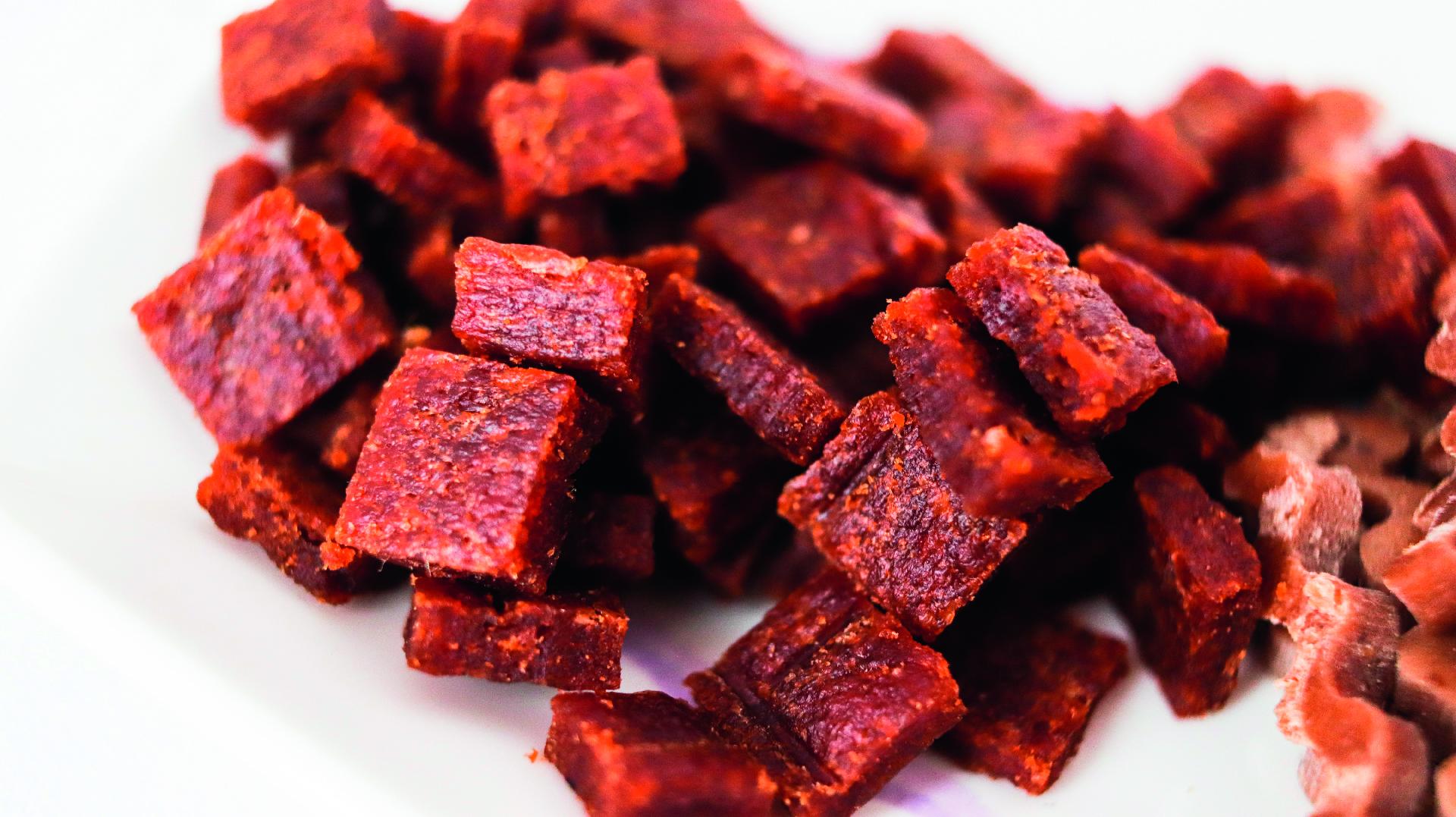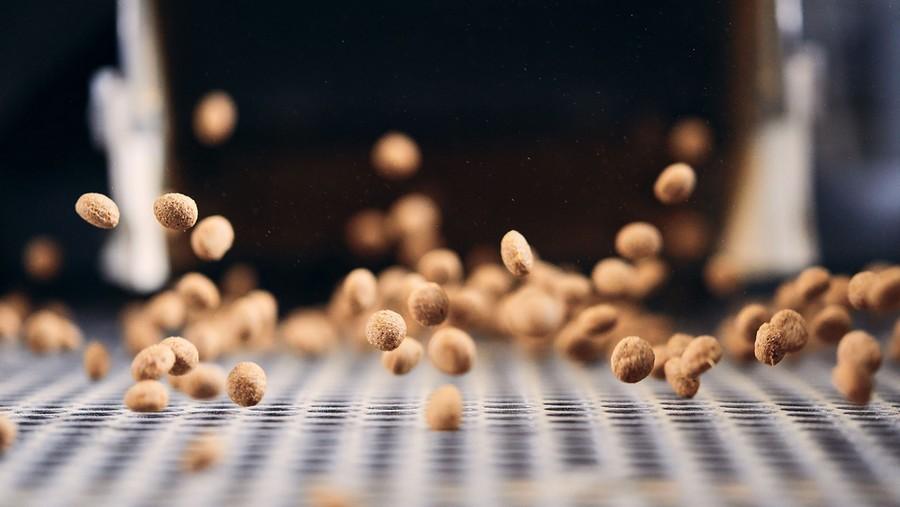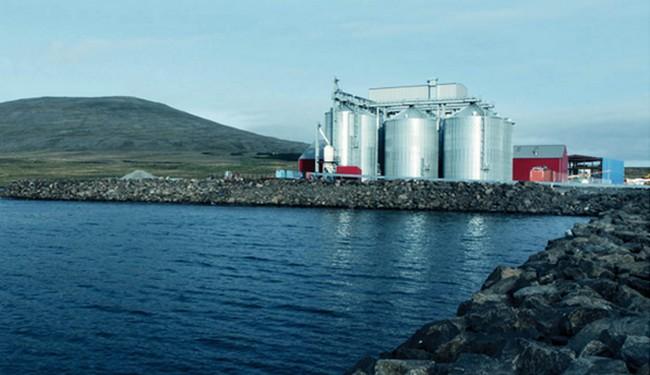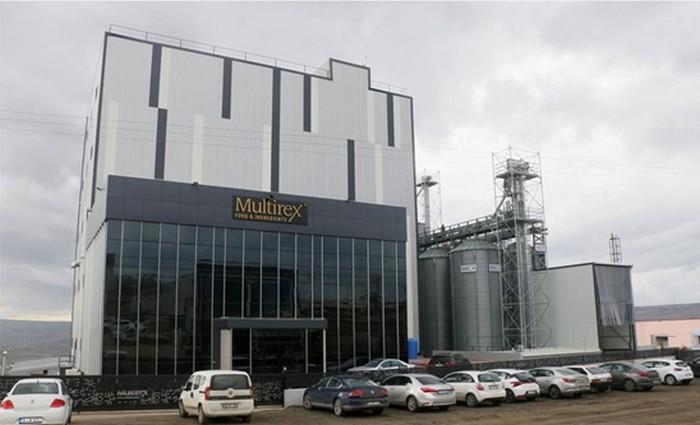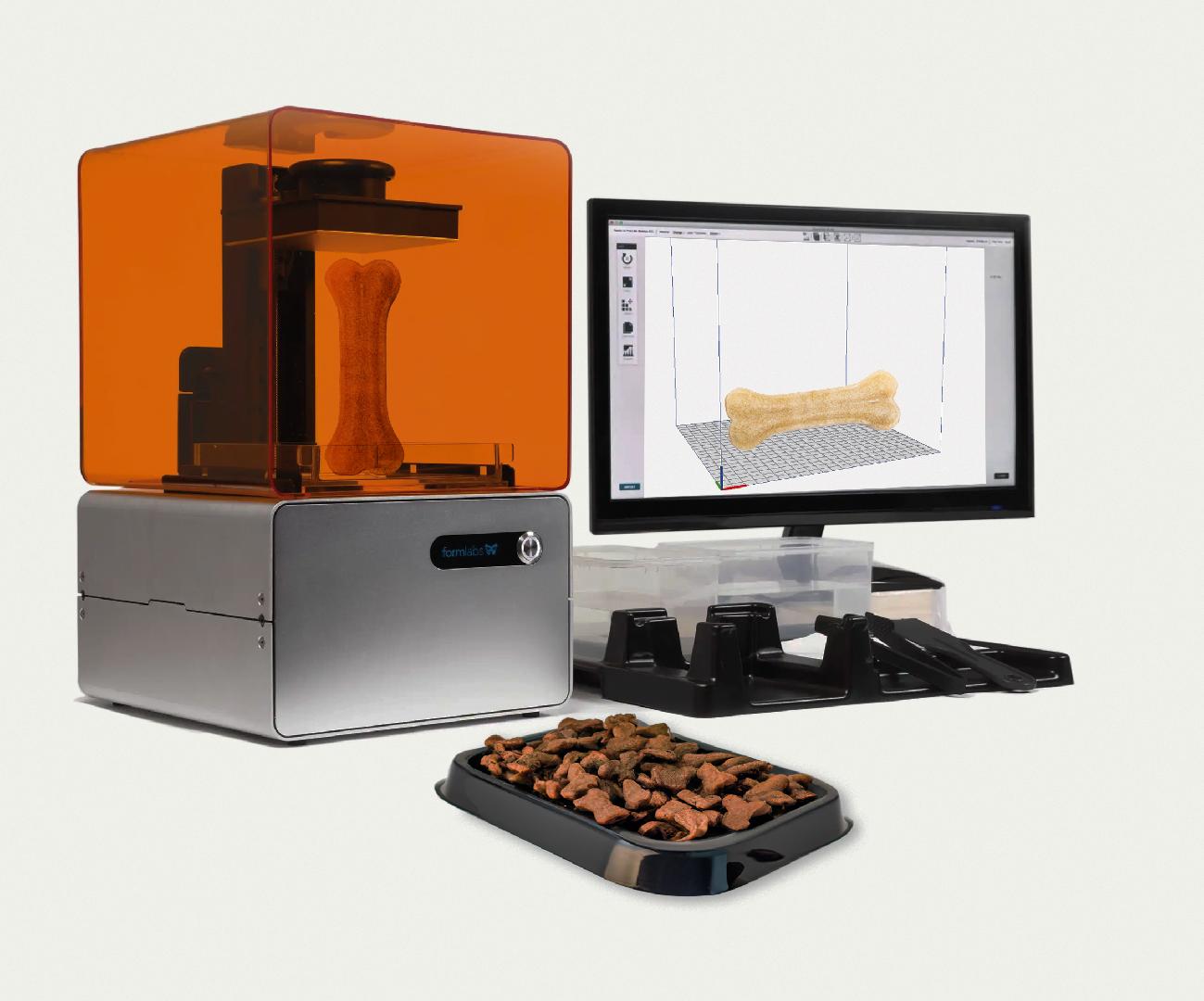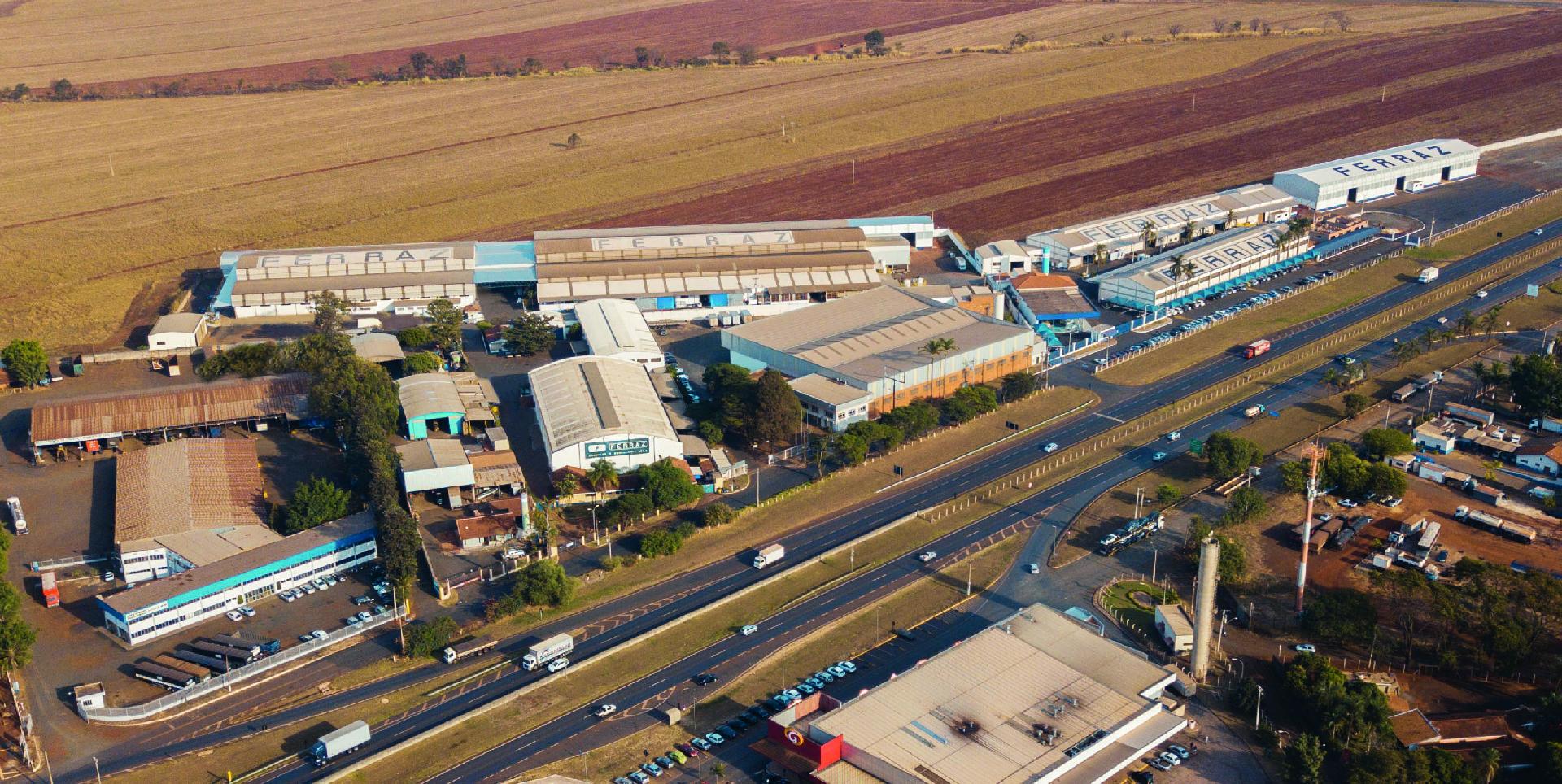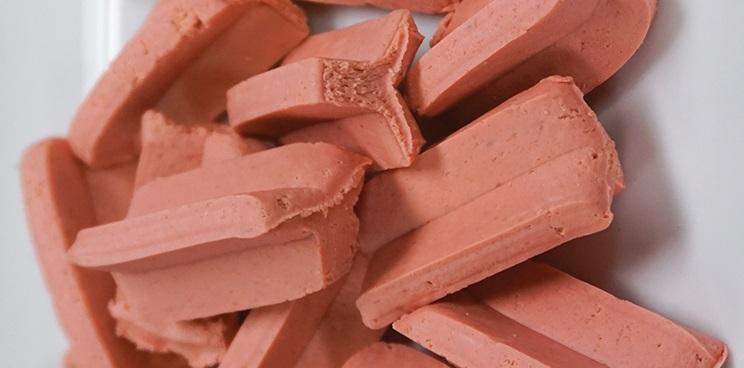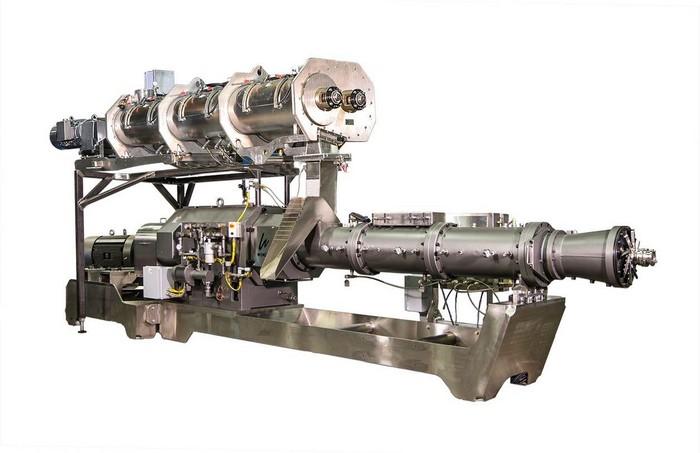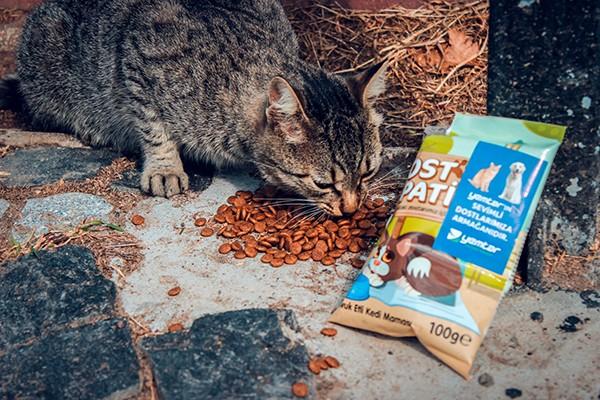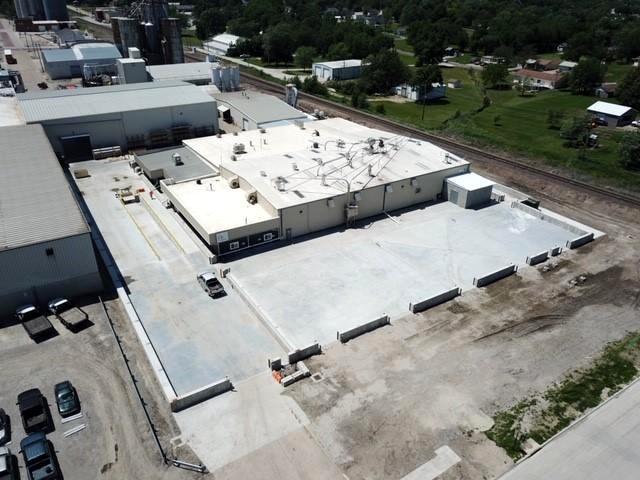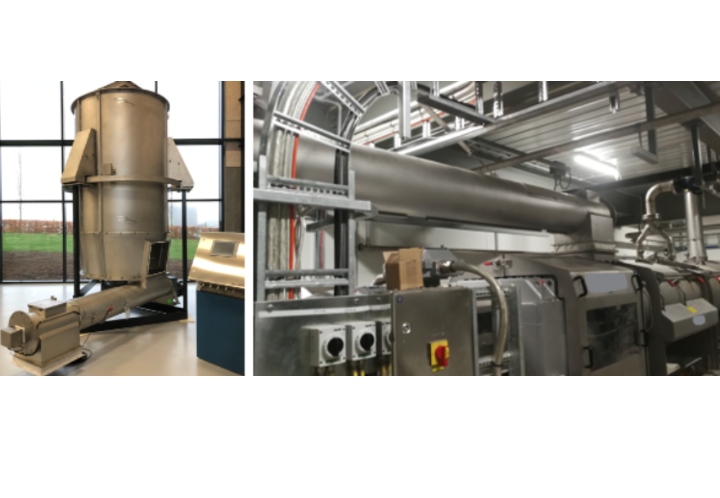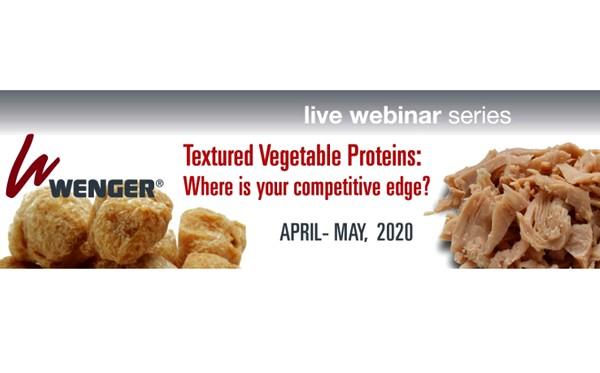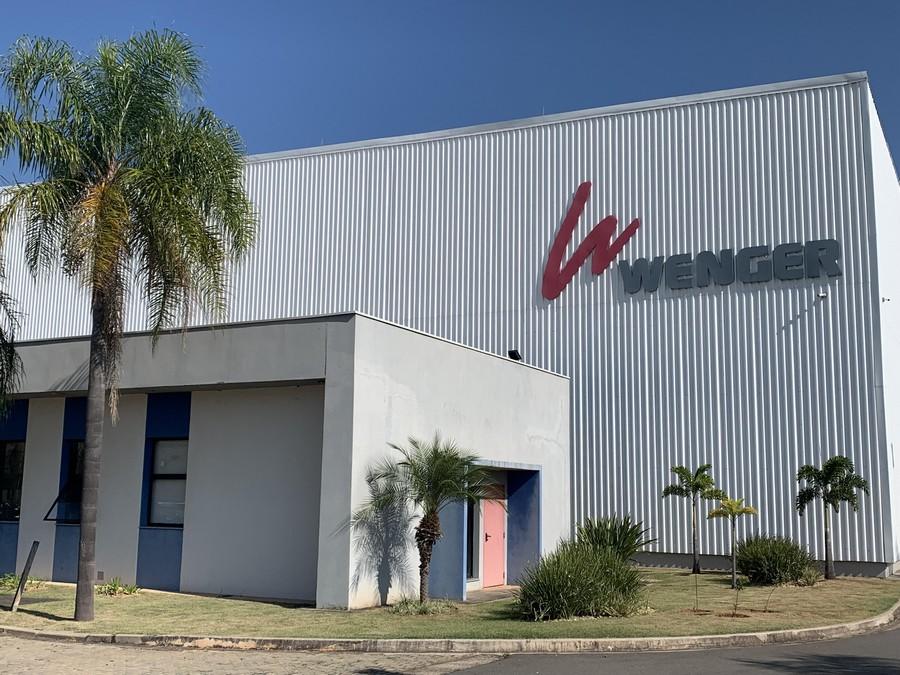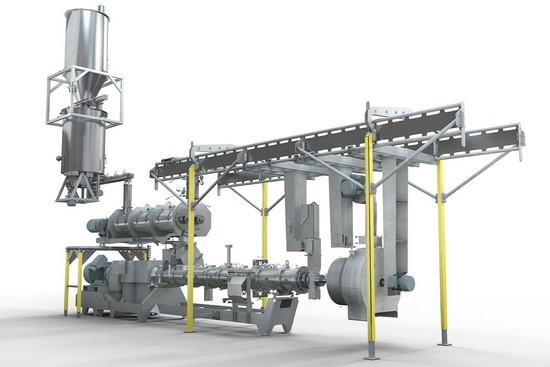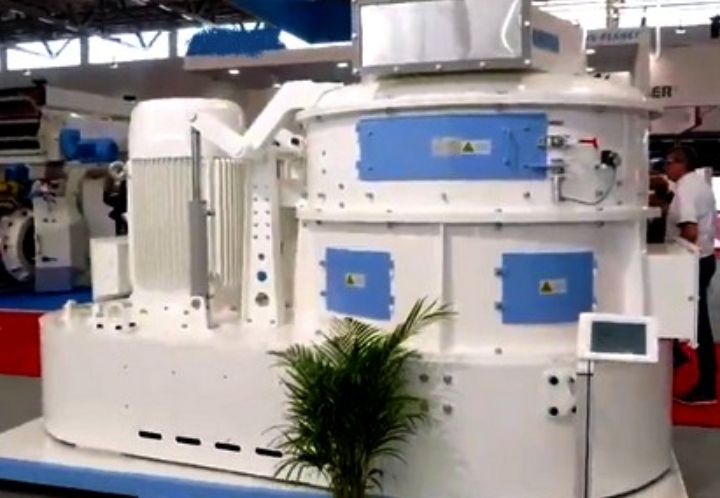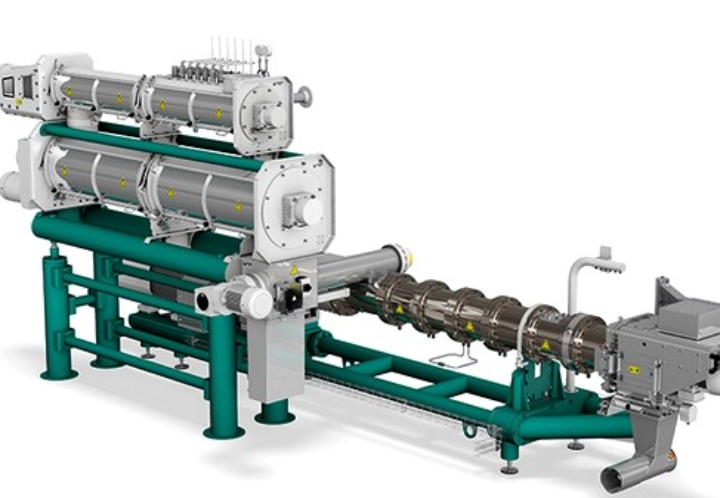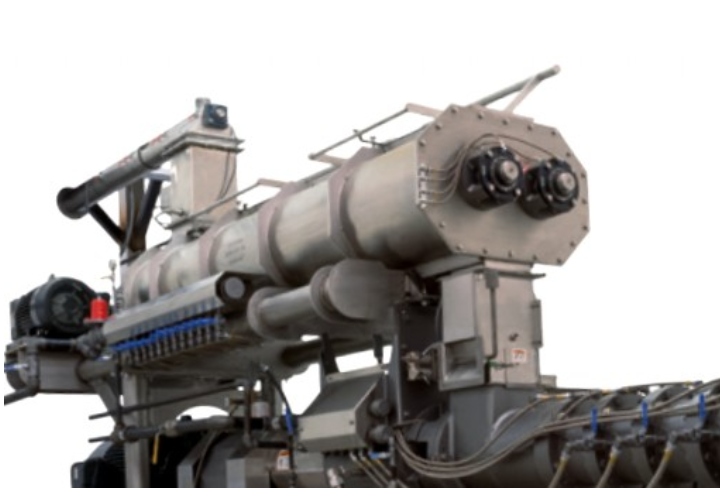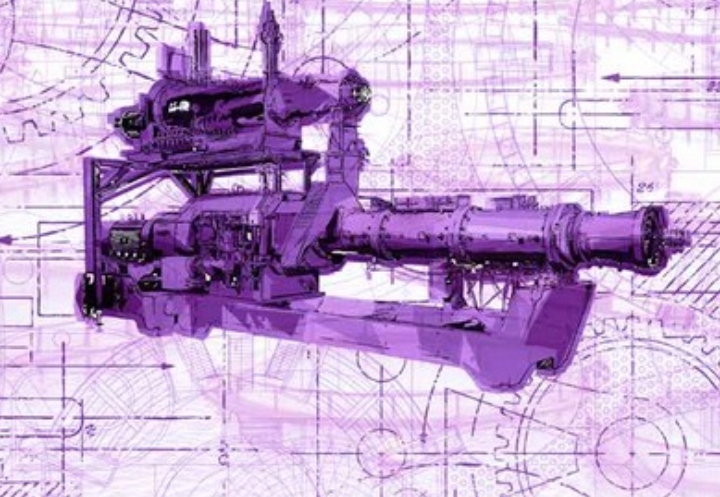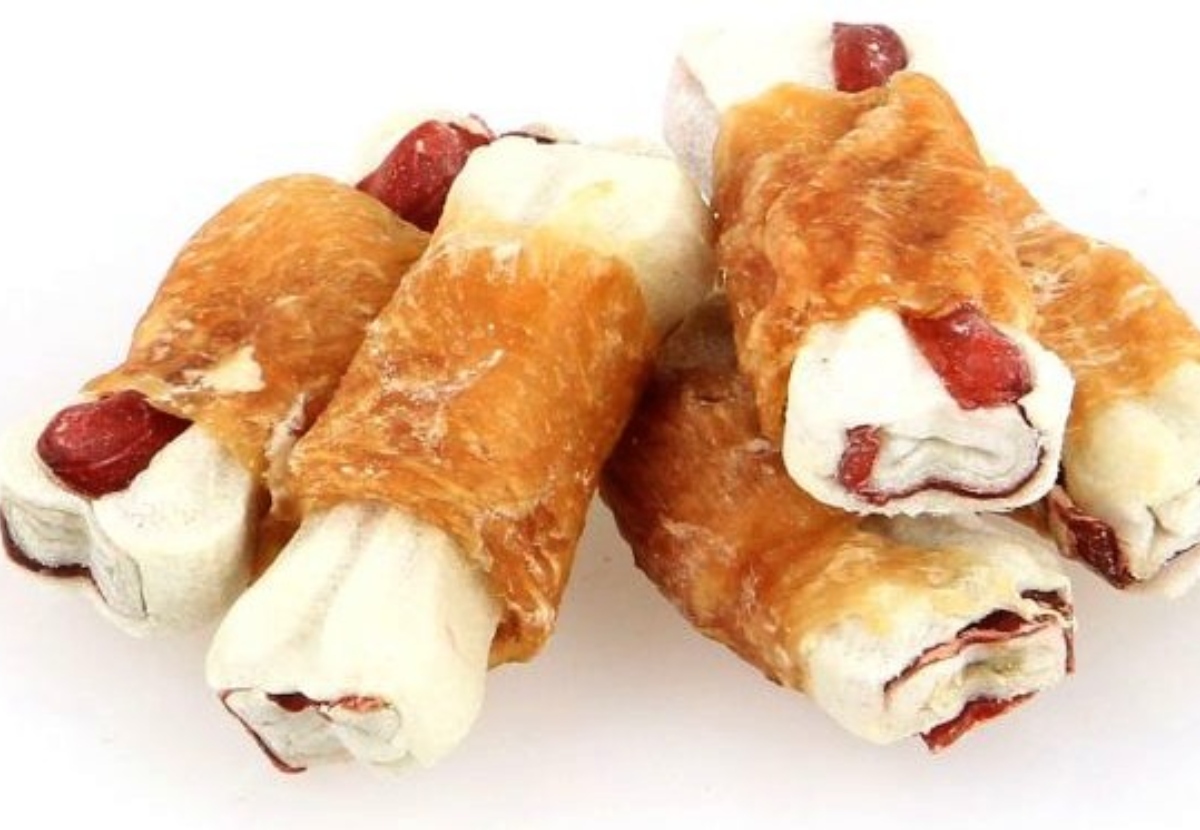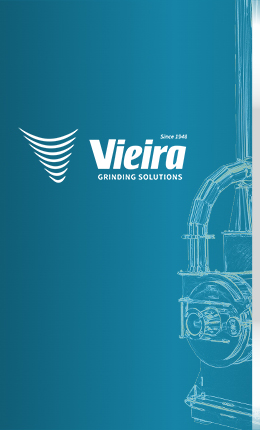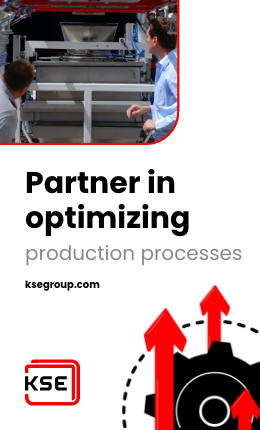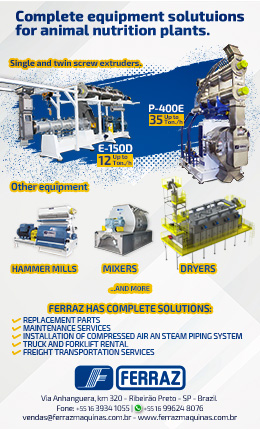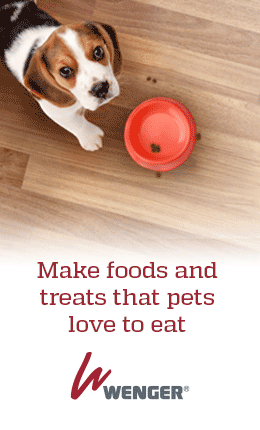
6+ MIN
08/08/2022
Great expectations: Manufacturing high quality pet food to please even the most finicky consumer
Dogs onboard the SS Normandie, a 1930s luxury French cruise liner, were offered a five-course menu, including a vegetarian option which their owners could choose for them. These pampered pets had their own private kennel, communal water fountain, fixed deck times, an onboard veterinarian and pet-sized life jackets. This historical factoid reveals an unchanging insight: that owners see their pets as one of the family and want what they define as the best for them when it comes to their health and wellbeing. What has changed: this sentiment and aspiration now extends well beyond the 'leisure' classes given that companionship-seeking is on the rise and more people have access to disposable income. This is not only pushing up pet ownership but also the desire for high quality pet foods and snacks.
Lifestyle changes driving growth in the dynamic pet food industry
The growing trend towards the humanization of our pets – which simply means that owners see them more and more as human and not animals – is the greatest driving factor in the pet food industry, particularly in the emerging markets.
Several key lifestyle and socioeconomic trends, which are expected to deepen, are encouraging pet ownership, such as:
longer life expectancy
delayed marriage & child rearing
reduced fertility rates
increased social atomization
Long valued for the affection they happily give and receive, pets are contributing to peoples' overall health, wellness and happiness – and in some cultures they even confer status. The extent to which pets have become so important is reflected, for example, in the number of cat cafés that have popped up – first in Asia and now around the world. In Taiwan, for instance, more single people are living in small apartments and unable to buy their own pets, escaping their solitary life by visiting cat cafés where they can enjoy giving and receiving a little affection while partaking of a coffee, tea or snack.
Pet food sales have grown most in the emerging markets of Asia and Latin America in recent years. And around the world, small dogs are in particular demand, with a 25% rise in global population between 2013 and 2018. However, cats are becoming increasingly popular because busy, on-the-go lifestyles mean more people prefer to spend their spare time relaxing at home; and because felines are more independent and require less outdoor activity, they are a more practical choice for many.
Fitting perfectly into these lifestyle changes is the greater availability of pet food sold online. Competitive pricing, loyalty discounts, free-shipping and delivery and personalization options, are a dream for pet owners, particularly those in urban areas. In the U.S., for example, e-commerce for dog and cat food grew by 10% between 2016 and 2018.
Pet food product and format trends
Pet owners' preferences are diverse, however high-meat, high protein content options as well as single meat source and nutrient-dense choices are popular, as are 'free-from' assurances and clean-label products made from the finest quality ingredients, including human-grade pet food. The environmental footprint of products is another aspect consumers are keeping an eye on which is driving the use of alternative proteins, such as insects. The first insect-based dog food in the UK went on sale in early 2019, preceded by similar product launches in the U.S. and mainland Europe. Transparency and traceability are also greatly appreciated, particularly in the shadow of albeit rare, yet life-threatening contamination scares and recalls.
According to Euromonitor International, producers should consider the following when developing pet food products:
Focus on innovations that entice pet owners
Increase product segmentation to cater to specific breeds, according to age and lifestyle
Move towards premiumization and the use of high quality products with functional ingredients that promote good health or boost energy
Link products to nationality/culture by using locally-sourced ingredients
Introduce new textures and formats that are more lightly processed or natural
Most pet food, including treats – particularly for dogs and cats – belong to one of three categories: wet, dry or raw. Meat, meat byproducts, cereals, grains, vitamins and minerals are the most common ingredients. Greater focus on pet health and wellness has resulted in explosion of new formats, such as:
Purees, liquids and pastes: allows pet owners to hand feed their pets to foster more intimacy
Soups and broths: appeal to fussy cats
Gently baked products: ideal for owners looking for more lightly processed and easy to digest options. Require longer cooking times but at lower temps
Cold-pressed: food is pressed and cooked quickly at a low temperature to preserve more nutrients. Provides pets with a raw and completely natural diet, and in a convenient dry food format
Freeze dried: moisture is removed from ingredients without the application of heat, preserving the most nutrients and qualifying it as raw pet food, in a convenient, dry format
Efficient GEA technology for producing high quality pet cuisine
With more than 80 years of experience in the food processing industry, GEA offers efficient processes and technologies for both automated and batch pet food processing. Our human-grade food solutions support manufacturers already at the ingredient level up to plant installation and includes technologies for dry, wet and raw pet food production, as well as packaging – ensuring products are attractive, have a long shelf life while minimizing transport costs.
GEA meat preparation technologies prepare ingredients for wet, dry and raw pet food processing. We offer dedicated equipment for pre-crushing, grinding, mixing, batching, emulsifying, pumping and handling, as well as machines that combine cutting, mixing and emulsifying in one.
In use since the 1950s, extrusion remains the most common production method of dry pet food, with products generally achieving a shelf-life of 10 to 12 months. GEA dry pet food capabilities (e.g. pillows, kibbles, dental sticks and biscuits) covers flour handling, as well as meat preparation and the entire extrusion process, encompassing drying, flavoring and cooling, as well as final product handling and packaging, including thermoforming and vertical form fill and seal equipment.
In line with consumer demand for more lightly processed and natural pet food, freeze dried kibble, snacks and protein bars can be categorized as 'raw pet food' given the temperature remains below 40 Celsius (100 degrees Fahrenheit). Freeze drying halts the biological action of decay, thus preserving more of the natural enzymes and vitamins in these foods. They also retain much of their original, uncooked appearance, making it not only an appealing but also a tasty and nutritious option for pets. Likewise, freeze dried foods are lightweight, have a long shelf life and can be stored at room temperature.
Manufacturers can also add a 'kill step,' known as high-pressure processing or high-pressure pasteurization (HPP), which some opt for, thus avoiding any issues with bacterial contamination.
Humanization and pet nutrition: finding a middle ground
It is well-established that pet owners are increasingly scrutinizing labels to ensure their pet food choices are meeting their expectations for high quality and functional ingredients. And yet, they often do so filtered through the lens of their own tastes and health sensibilities. This can make it challenging for manufacturers to create clean label products that also have scientifically proven health benefits for pets.
Since 2018, the Food and Drug Administration in the U.S., for example, has warned of a connection between heart disease and dogs that are fed grain-free diets. The focus, as most vets will agree, should be on whether or not a pet food product provides complete versus supplemental nutrition. As more scientific research becomes available, it stands to reason that pet owners will reach for products from brands that can back up their claims and products with scientifically-based studies on pet nutrition.
Source: GEA Technologies
by ALL Pet Food



